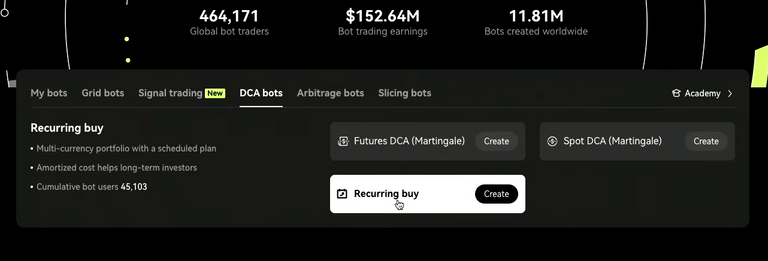In the fast-paced world of crypto trading, staying ahead of the game means leveraging every tool at your disposal. Trading bots, automated programs that execute trades based on predefined conditions, are becoming increasingly popular. But what exactly are these bots, how do they work, and are they truly a trader's best friend, or just a cleverly disguised way for exchanges to profit?

What is a Trading Bot?
At its core, a trading bot is a software program designed to automate the trading process. It analyzes market data, identifies potential opportunities, and executes trades, all without human intervention. Think of it as a tireless assistant that works 24/7, following your instructions to the letter.
How Trading Bots Work: A Step-by-Step Breakdown
- Data Collection: The bot continuously gathers market data, including price fluctuations, trading volume, and technical indicators.
- Analysis: The bot analyzes this data using pre-programmed algorithms and trading strategies.
- Signal Generation: Based on the analysis, the bot identifies potential trading opportunities and generates buy or sell signals.
- Execution: The bot automatically executes trades based on these signals, adjusting stop-loss and take-profit levels as needed.
Types of Trading Bots: Finding the Right Fit
The trading bot ecosystem is diverse, with various types of bots catering to different trading strategies and market conditions. Here are some of the most common:
- Arbitrage Bots: These bots exploit price differences between different exchanges, buying low on one and selling high on another to profit from the spread.
- Market Making Bots: These bots provide liquidity to the market by placing buy and sell orders at various price points, profiting from the bid-ask spread.
- Trend-Following Bots: These bots follow market trends, executing trades in the direction of the prevailing trend.
- Mean-Reversion Bots: These bots operate on the principle that prices eventually revert to their average level, buying when prices are low and selling when they are high.
- Grid Trading Bots: These bots place a grid of buy and sell orders at incrementally increasing and decreasing price levels, profiting from small price movements within a defined range.
- Copy Trading Bots: These bots allow you to copy the trades of more experienced traders, mirroring their strategies and benefiting from their expertise.
CEX Bots vs. Third-Party Bots: A Matter of Trust?
Many centralized exchanges (CEXs) offer built-in trading bots with user-friendly interfaces. However, there's a lingering question: are these bots truly designed to maximize user profits, or are they primarily geared towards benefiting the exchange itself?
Third-party bots offer an alternative, but often come with a subscription fee and may require a certain level of technical expertise. The choice between a CEX bot and a third-party bot often boils down to a trade-off between ease of use and control over your trading strategy.
Are Trading Bots Right for You?
Trading bots can be powerful tools, but they're not a guaranteed path to riches. Before diving in, consider the following:
- Trading Knowledge: A solid understanding of trading principles and strategies is essential.
- Technical Skills: Some bots require technical knowledge to set up and configure.
- Risk Management: Always set stop-loss and take-profit levels to manage risk.
- Backtesting: Test your strategies on historical data to see how they would have performed in the past.
Trading bots can be valuable assets for traders of all levels, but, "users require an awareness of potential risks and a clear trading strategy". Just remember to approach them with caution, do your research, and never invest more than you can afford to lose.